Good, better, best
American students once learned proper grammar for using comparative and superlative adjectives by memorizing the following poem:
Good, better, best
Never let it rest
‘Til your good is better
And your better, best.
On Sunday, Oct. 23, participants of the library’s weekly Talk Lab English Club got a taste of such grammar rules with a program on when and how to use English comparatives and superlatives. In addition to good, better and best, other examples include big, bigger and biggest; small, smaller and smallest, and few, fewer and fewest, among many others.
The comparative form is used when two people or objects are being referred to, and the superlative form goes into effect when there are more than two. For example, the sentence, “I have two sisters, Ann and Elizabeth,” can be followed by the comparative form, “Ann is the prettier one.” But the sentence, “I have three sisters, Ann, Elizabeth and Doris,” should signal the need to use the superlative form in the sentence, “Ann is the prettiest one.”
The grammar lesson came in the form of several word games with Talk Lab participants receiving slips of paper with names of people or animals and another set of common adjectives. Members were instructed to create sentences using comparatives and superlatives and then answer questions from other participants to reinforce the grammatical rules.
While it was not part of the game, several participants decided to use real examples from their lives, thereby sharing some of their hobbies and interests with other Talk Lab members. For example, Helen told about giving hip-hop dance lessons to other people and Vincent talked about his interest in long-distance bicycle rides. Their stories added an extra flavor of enjoyment to Sunday’s session.
Talk Lab sessions often lead to good discussions. They are better when everyone joins in, and best when members share fun details about their lives.
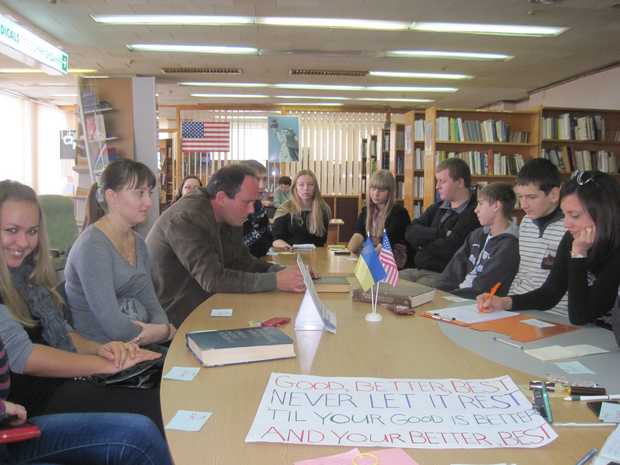
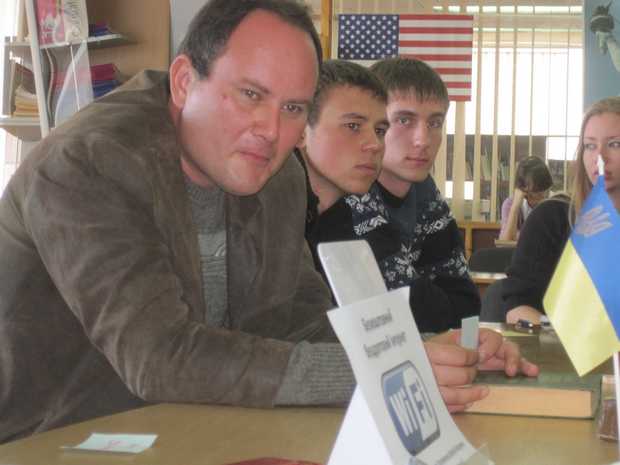
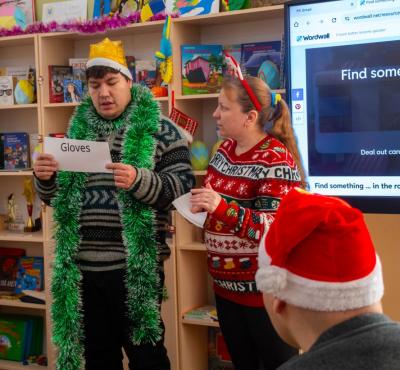

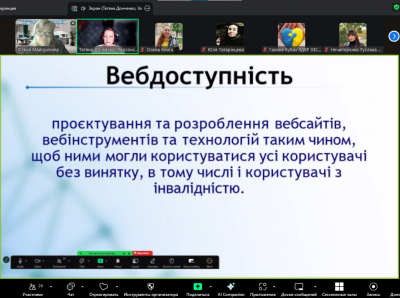
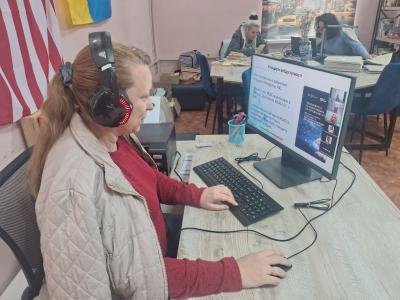

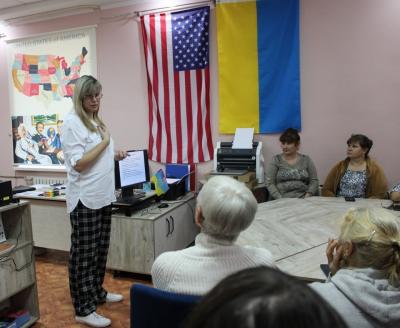
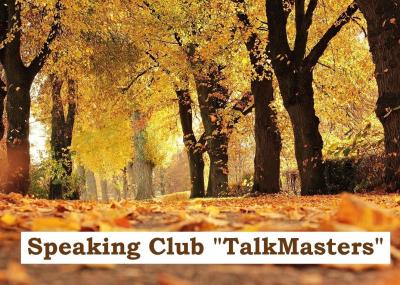
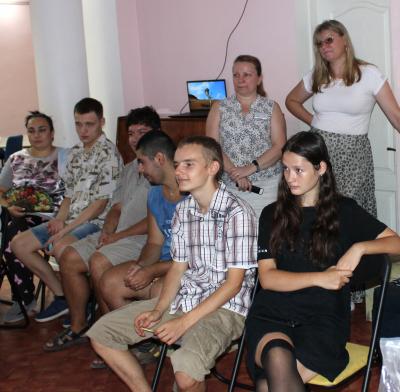



Comments